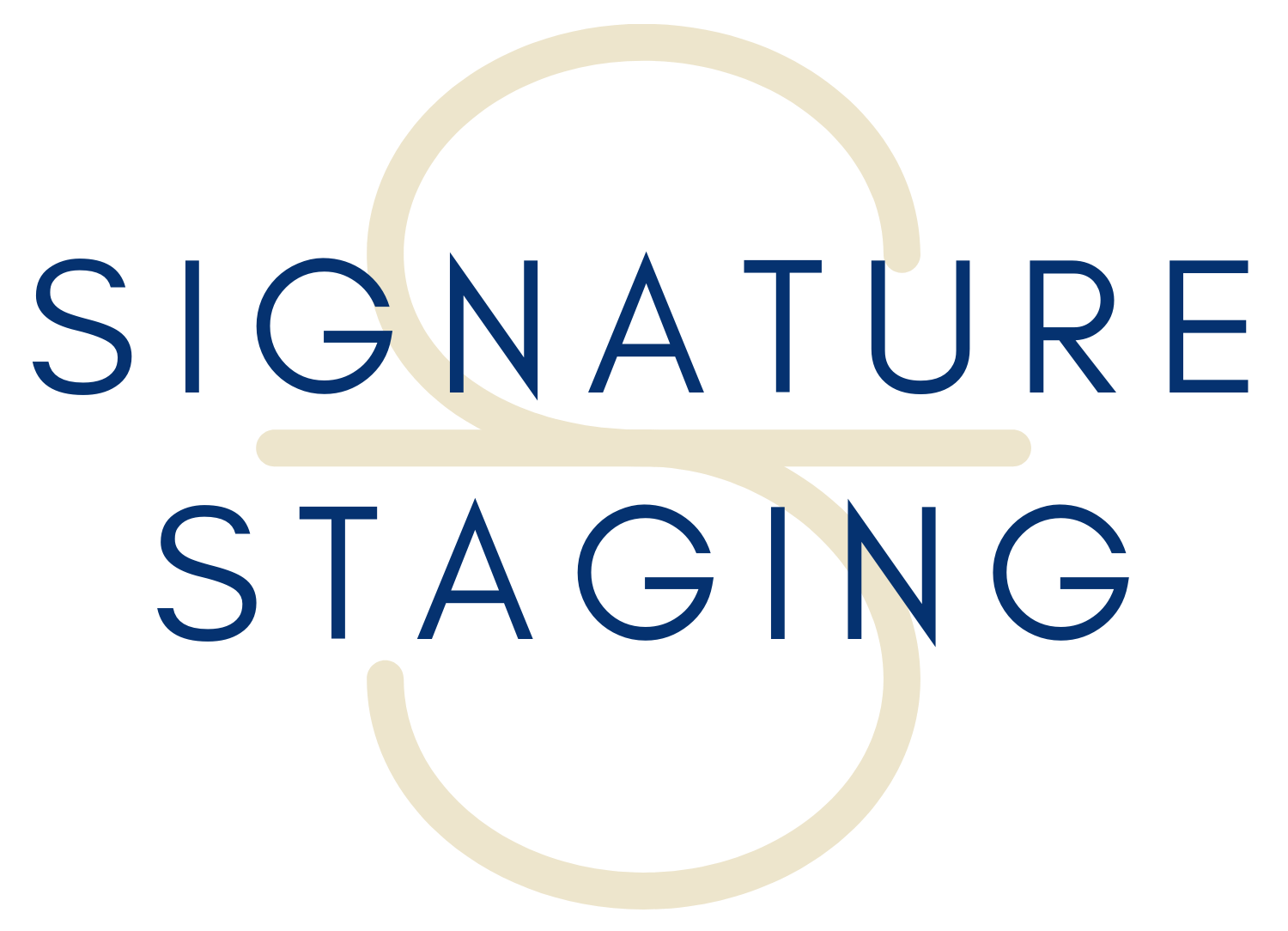Virtual vs. Traditional Staging for Chicago Luxury Homes: Which One Should You Choose?
When it comes to selling a luxury property in Chicago or on the North Shore, presentation is everything. Today’s buyers aren’t just scrolling through listings—they’re carefully evaluating how a home looks online and how it feels in person. That’s why staging plays such a critical role. But with advances in technology, many sellers find themselves asking: Should I choose virtual staging or traditional staging?
The answer depends on your goals, your property, and your timeline. Each approach comes with distinct advantages and drawbacks. Below, we’ll walk through the pros and cons of both so you can make the best decision for your luxury listing.
Virtual Staging: Pros and Cons
Pros:
Faster turnaround: With digital renderings, you can have staged listing photos in a matter of days.
Lower cost: Virtual staging is typically more budget-friendly upfront than bringing in furniture and accessories.
Flexible styles: You can experiment with different design aesthetics—modern, transitional, or classic—without physical limitations.
Cons:
No in-person impact: Buyers visiting the home won’t see or feel the staged design.
Risk of buyer skepticism: Some buyers may feel misled if the home looks dramatically different from the listing photos.
Lacks tactile, sensory appeal: There’s no way to experience textures, lighting, or spatial flow digitally.
For more on what buyers expect when viewing luxury listings, see The National Association of Realtors’ Home Staging Research.
Traditional Staging: Pros and Cons
Pros:
Full in-person experience: Buyers walk through a beautifully styled home, helping them connect emotionally.
Helps with spatial understanding: Furniture placement clarifies room size, flow, and scale in ways photos alone cannot.
Highlights architecture: A thoughtfully staged design draws attention to a property’s best features—like tall ceilings, fireplaces, or large windows.
Cons:
Higher upfront cost: Renting furniture, accessories, and professional services requires more investment.
Longer setup time: Installing and styling a home can take several days to weeks, depending on scope.
For a deeper look at how staging impacts sales price and time on market, you can reference Realtor.com’s insights on the value of home staging.
A Hybrid Approach
Many sellers opt for a combination of the two—using virtual staging for initial online marketing, then bringing in traditional staging before showings and open houses. This hybrid approach can maximize reach while still delivering the tactile, emotional experience buyers crave.
Conclusion
The right staging choice ultimately depends on your property, price point, and timeline. For luxury homes in Chicago and the North Shore, traditional staging often creates the strongest emotional connection, but virtual staging can be a useful tool in the right context.
Deciding between virtual and traditional staging depends on your goals, timeline, and property. Signature Staging is here to provide guidance and insights to help you choose the best approach for your unique situation.
